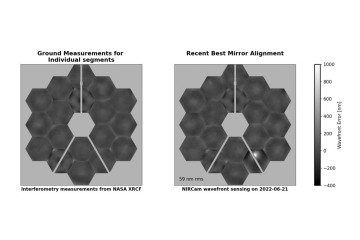ASTRONOMERS are now able to spot collisions of dead suns with a powerful telescope.
2017 was the year that researchers discovered the collision of two dead stars called ‘neutrons’.
Soon after, they discovered that such collisions result in the production of gold and platinum which are now found throughout the Universe.
Astronomers have now created a telescope that can capture the details of these events. BBC reported.
British scientists designed the telescope and named it Gravitational Wave Optical Transient Observer.
The instrument is located on La Palma, a volcanic Spanish island. It will search deep space for neutron-star collisions.


The light from a neutron-star collision cannot be seen for more than a few nights so the telescope must be able to find them quickly.
“When a really good detection comes along, it’s all hands on deck to make the most of it,”BBC spoke with Prof Danny Steeghs from Warwick University.
“Speed is of the essence. We are looking for something very short-lived – there’s not much time before they fade away”.
For researchers to understand the Universe, collisions with neutron stars are crucial.
What is a neutron Star?
A neutron star, a stellar object of city size with a mass approximately 1.4 times our sun’s, is also known as a neutron star.
In fact, these stars are so dense that one teaspoon would weigh a billion tons.
Gravity on a neutron-star is also 2 trillion times stronger than gravity on Earth.
How do neutron stars form
Neutron stars form when stars four to eight times as massive as our sun explode in a violent supernova.
“Their outer layers can blow off in an often-spectacular display, leaving behind a small, dense core that continues to collapse,”Experts from Space.com explained.
“Gravity presses the material in on itself so tightly that protons and electrons combine to make neutrons, yielding the name ‘neutron star’.”
Neutron stars have such a strong gravitational pull that they are drawn to one another – and eventually, they merge together.


This celestial event triggers a flashing of light, followed by a powerful shockwave that ripples across the Universe.
“It makes everything in the Universe wobble, including, imperceptibly, the atoms inside each one of us,” BBC reported.



